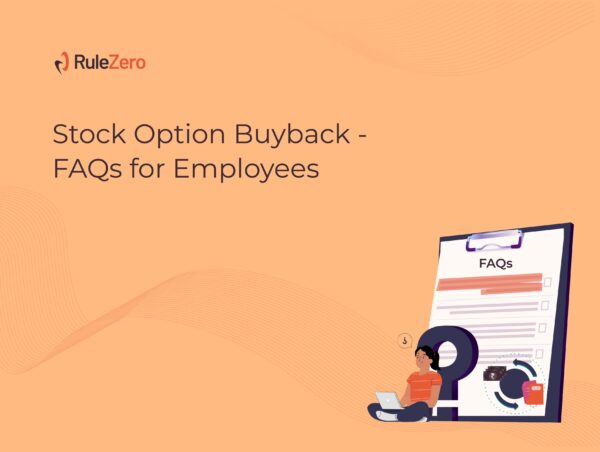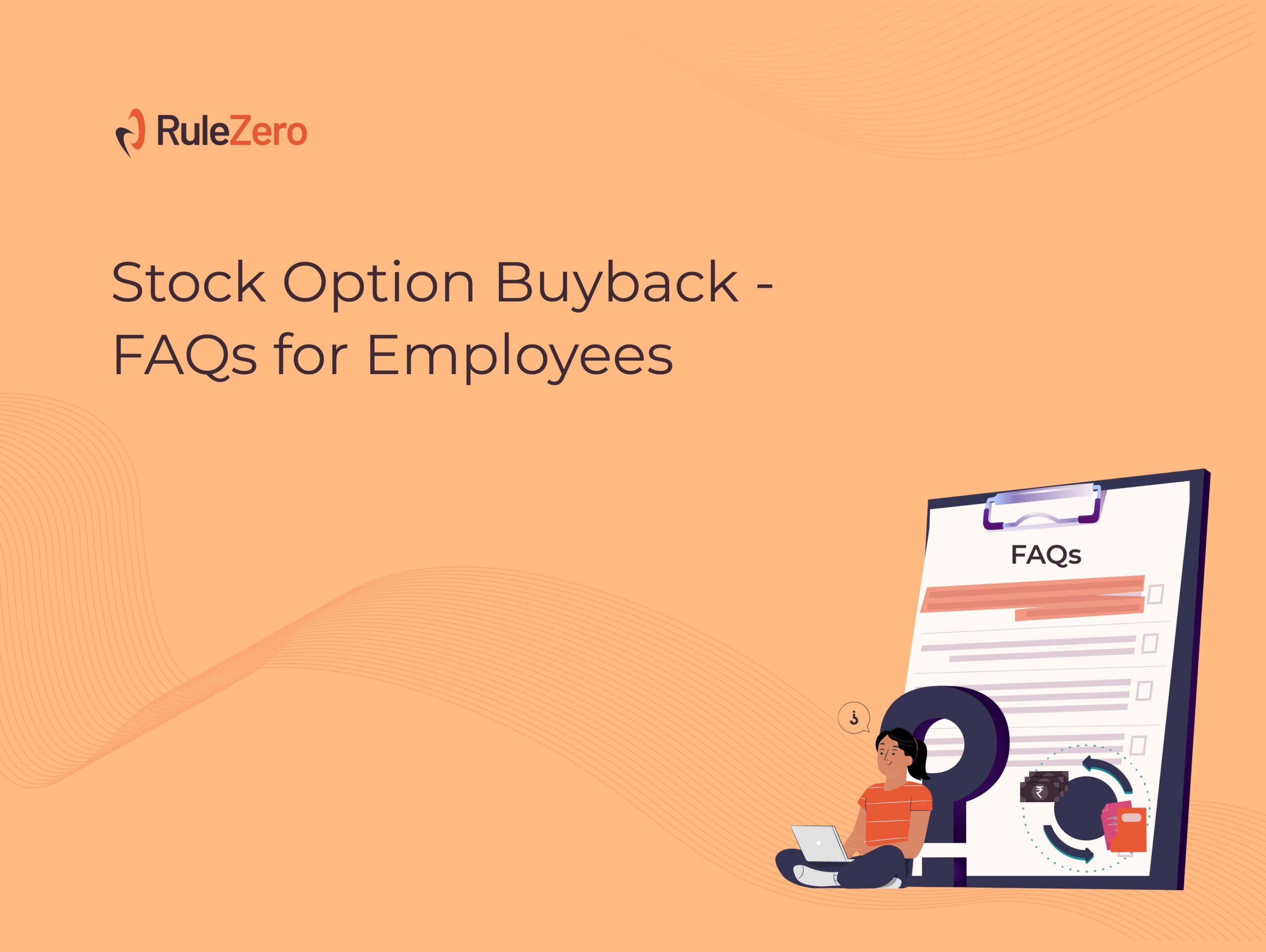We had just stepped out of the lawyer’s chambers. I received a buzz from my former roommate – a genius in operations and supply chain. He was planning to quit his job and start his own venture. On hearing “supply chain”, Ranveer immediately requested me to introduce him to my friend. Econative needed a supply chain head and maybe they could engage in some sort of a mutual arrangement.
“Hey wait! Should I offer him ESOPs to join Econative?” This was the first question which struck Ranveer.
What followed next was an insightful discussion on how ESOPs can be used (or rather, are used) by companies as a hiring and retention strategy.
In this Part V of the ESOP Series – ESOPs as a Hiring and Retention Strategy, I have captured our discussion on the popular HR practices concerning ESOPs.
Growth requires strong committed teams. Committed teams require good compensation policies and structures; with stock options being an important part of such structures. The upside is potentially very high and therefore, it is motivating for the employees to exercise options. It also builds a sense of ownership of the entity and the success surrounding it and of loyalty to the organization.
Hiring employees
Startups have an ecosystem that is different from that of an established company – in terms of financial resources, assets employed and even people employed. The early age startups work with restricted resources. Hiring deserving people at market remuneration often proves challenging. Here, stock options have a role to play.
1. Issue of grants to attract talent
Why would a Harvard graduate or a post graduate from India’s premier management institute work with a lesser-known startup? Certainly not if he / she isn’t convinced of the growth prospects of the startup. And even if convinced, the annual CTC demanded may cost you a bomb.
In such situations, startups structure the package as a combination of components like joining bonus, annual pay, deferred pay and stock options. Stock options imbibe a feeling of belonging to the company and a willingness to go an extra mile for the benefit of the company as a whole.
2. Expansion of coverage
Traditionally, it has been a practice to allot stock options to senior employees (whether at the time of joining or even later). These notions are gradually changing. Companies are now willing to offer options to all employees rather than a selected few. It then becomes easy to connect with the young workforce or new joinees with options inculcating a sense of ownership and belonging to the company.
3. Impact of a successful liquidity plan
Companies often find it easy to attract talent after the successful implementation of an ESOP liquidity plan. This is because the potential hires believe in the growth of the company and feel assured of its ability to attract investors or accumulate funds for a future liquidity programme.
Retention of employees
1. Employee loyalty
Employees often switch jobs for different reasons. This is more popular at junior levels or at the start of the career. Once stock options are granted, employees have a vested interest in the company. There is a sense of being a part-owner of the company and contributing to its growth. Research results point to an improvement in a company’s performance after the issue of grants.
2. Termination of employment
Often, employees may wish to terminate their employment even after the allotment of stock options. Here also, the stock options act as a retention tool. Unless exercised within a defined duration from the date of termination of employment, the options lapse (usually a few months at the most). Given the significant amount of taxes that need to be paid at the time of exercise, employees may elect to hold the options rather than pay taxes upon exercise without clarity on liquidity. This becomes a useful retention tool for the startup.
This retention tool works where the plan is a Free Exercise Plan. In the case of a Restricted Exercise Plan, the employee has the right to exercise only in case of a liquidity event. In case the employment is terminated before the liquidity event, the stock option plan does not serve the purpose of employee retention.
3. Recession
Any business is subject to cyclical changes. When the economy goes into recession, startups may announce ESOP liquidity programmes to compensate the employees for paycuts. In certain cases, startups often announce a pay-cut and try to compensate employees by issue of stock options. The announcements depend on the financial standing of the startup and/or the investors willing to invest in the startup.
Stock options are a significant retention tool. They are a win-win solution for the company, the employees as well as the investors. The company witnesses improved performance and high employee morale. Employees positively engage with the company as they are hopeful of the plausibility of wealth creation in future. As regards the investors, they feel assured that the company has the right resources who are associated with the company not just for financial remuneration, but even for wealth creation.
It must be noted that as the company grows from an early-age startup to a growth company, the stock option plan may need to policy level changes. The plan may have to be amended to consider the increased number of employees, the possibility of dilution of promoters’ shareholding or better governance through a trust structure.
More in this series
- Part VI – Wealth creation through ESOPs










